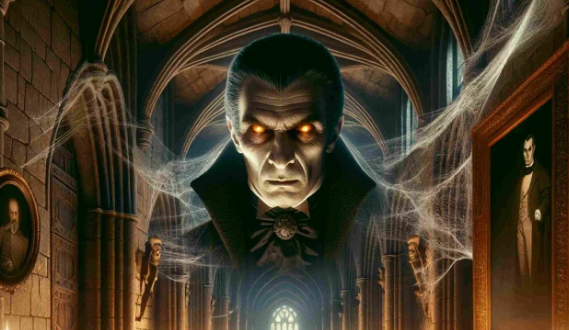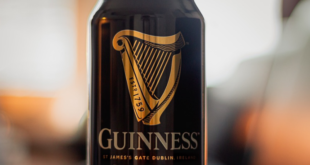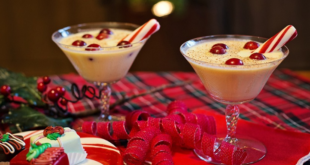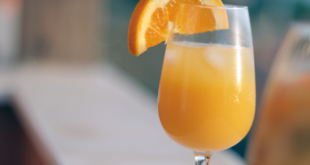The image of red wine is often associated with luxury, sophistication, and indulgence. Yet, in the context of Gothic literature and film, red wine can take on a more sinister role. One of the most iconic figures that brings this dark allure to life is none other than Dracula, the infamous vampire who has haunted our imaginations for centuries. The association between red wine and Dracula is not just a matter of aesthetics; it’s a blend of symbolism, history, and cultural fascination that spans centuries.
The Symbolism of Red Wine
Red wine has long been regarded as a symbol of celebration, romance, and opulence. With its deep, rich color, it resembles blood, which is why it has also been associated with life, death, and the supernatural. In literature, art, and cinema, red wine often serves as a metaphor for vitality, seduction, and even sin. Its intoxicating effects mirror the loss of control and heightened emotions, which can lead to dangerous, even deadly, outcomes.
This symbolism makes red wine the perfect complement to the character of Dracula. The rich, crimson hue evokes the same sense of allure and danger as the vampire’s nocturnal activities. It is not just a drink; it is a representation of everything that Dracula embodies — dark desires, eternal life, and the fine line between pleasure and peril.
Dracula: The Blood-Drinker and Wine Enthusiast
The connection between red wine and Dracula can be traced back to Bram Stoker’s classic 1897 novel, Dracula. In the book, Count Dracula is a creature who feeds on the blood of the living to sustain his own life, a process that has eerie parallels to the way people savor a glass of red wine. The act of drinking blood is, for Dracula, a form of survival, but also a deeply intimate, almost ritualistic act — much like savoring a fine wine.
Red wine becomes a clever way to depict Dracula’s thirst without explicitly showing his gruesome acts. For example, in Francis Ford Coppola’s 1992 film adaptation, Bram Stoker’s Dracula, there is a memorable scene where Dracula offers Jonathan Harker a glass of red wine, declaring, “I never drink… wine.” The pause before “wine” emphasizes his other, more gruesome cravings and adds a layer of dark humor to the scene. The juxtaposition of wine and blood drinking also highlights Dracula’s cunning nature, where he masks his true intentions behind a facade of cultured sophistication.
A History of Blood and Wine
Interestingly, the association between blood, wine, and the supernatural predates Dracula by centuries. In many ancient cultures, wine was seen as a symbol of blood, and was used in religious rituals to represent life, death, and rebirth. For example, in Christian theology, wine is consumed during the Eucharist to symbolize the blood of Christ, a ritual that dates back to the Last Supper. The concept of drinking blood, therefore, has deep spiritual and symbolic roots, making Dracula’s blood-drinking not just a horrific act but one that taps into ancient, primal fears and beliefs.
In vampire folklore, the act of drinking blood has always been depicted as a way to steal life force, to cheat death, and to achieve immortality. This is mirrored in the way wine is often associated with preserving youth and extending life, as many wine enthusiasts and cultures around the world believe in the health benefits of moderate wine consumption. Dracula’s act of drinking blood can be seen as a dark, perverted version of the same pursuit for longevity and vitality that draws people to red wine.
Modern Connections: Wine, Vampires, and Pop Culture
The association between red wine and Dracula has not faded over time. In fact, it has evolved into a staple of modern vampire lore. Contemporary films, TV series, and books often show vampires indulging in red wine as a way of masking their darker habits. Shows like True Blood and The Vampire Diaries have popularized this trope, showing vampires drinking red wine in dimly lit, gothic settings, using the drink as a prop to emphasize their dark allure and sophistication.
This modern portrayal has even seeped into the world of marketing. Today, many wine brands have embraced the dark, seductive imagery of vampires to promote their products. Some wineries produce special “vampire-themed” wines, with labels that feature gothic fonts, dark imagery, and names that evoke a sense of mystery and seduction. It’s a clever way to attract consumers who are drawn to the mysterious, romantic, and darkly seductive aspects of vampire lore.
The Dark Allure of Red Wine and Dracula
Ultimately, the connection between red wine and Dracula is about more than just the color red. It’s about the way both red wine and the vampire mythos embody themes of temptation, desire, and danger. Just as a glass of wine can enhance a moment, adding layers of flavor and aroma, Dracula adds complexity to the myths of eternal life and seduction. Both red wine and Dracula evoke a sense of decadence, indulgence, and the eternal struggle between pleasure and peril.
In a way, drinking red wine in a dimly lit room can make us feel a little closer to the mysterious, Gothic world of Dracula. It is a way of indulging in a dark fantasy, a brief escape from reality. And much like Dracula’s allure, it’s hard to resist — no matter how dangerous it might be.
So, next time you raise a glass of red wine, consider the rich tapestry of symbolism that links it to one of the most iconic figures in horror history. In that moment, you might just feel a chill down your spine — as if the Count himself were watching, ready to raise his glass in return. Cheers… to the night, to darkness, and to the allure of red wine and Dracula.
 Vino-Club For Wine Lovers
Vino-Club For Wine Lovers







